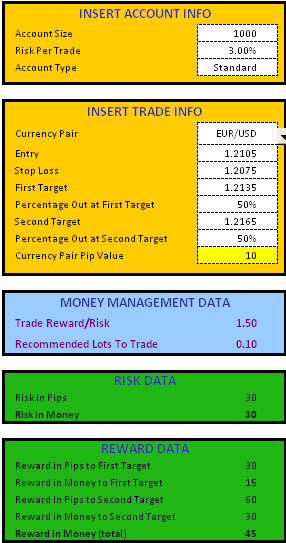 |
| The Wheel of Success |
There are three spokes that make up, what I call the “Wheel of Success” as it relates to trading. The first spoke is content. Content consists of all the external and internal market information that traders utilize to make their trading decisions. All traders must purchase value-added content that provides utility in making their trading decisions.
The most important type of content is internal market information (IMI). IMI simply is time and price information as disseminated by the exchanges. After all, we all make our trading decisions in the present tense based on time and price. In order to “scalp” the markets effectively, we must have the most live and up-to-date time and price information seamlessly delivered to our PCs through a reliable execution platform and/or charting package. Without instantaneous time and price information, we would be trading in the dark The second spoke is mechanics. Mechanics is how you access the markets and the methodology that you employ to enter/exit your trades. You must master mechanics before you can enjoy any success as a trader. A simple keystroke error can result in a loss of thousands of dollars. A trader can ruin his entire day with an inadvertent trade entry error.
































